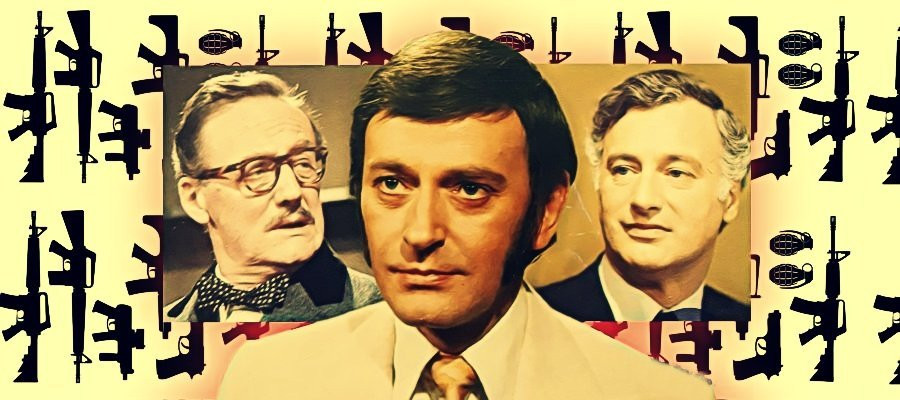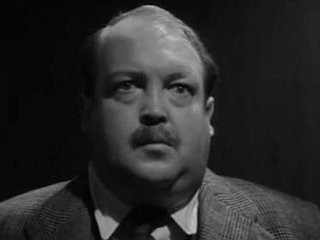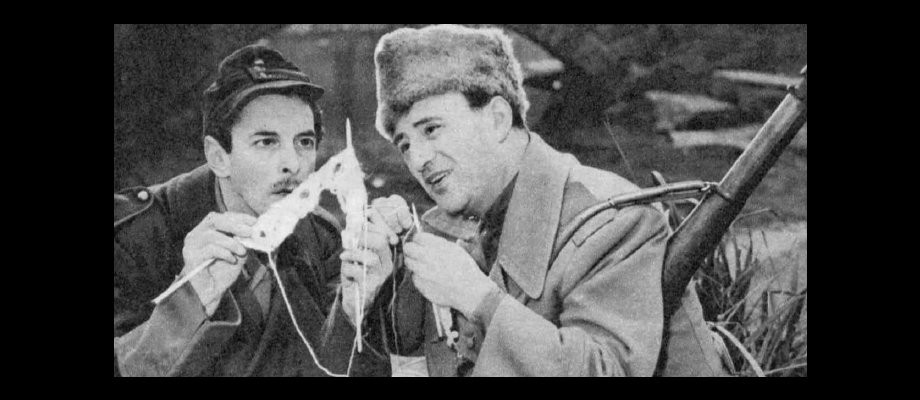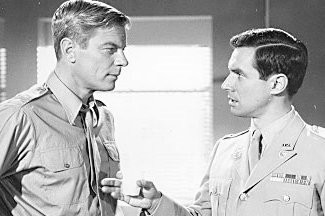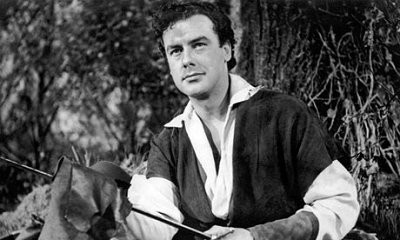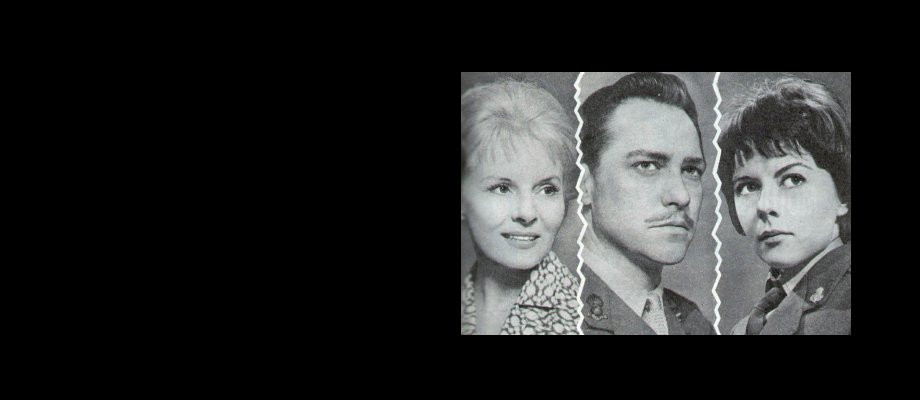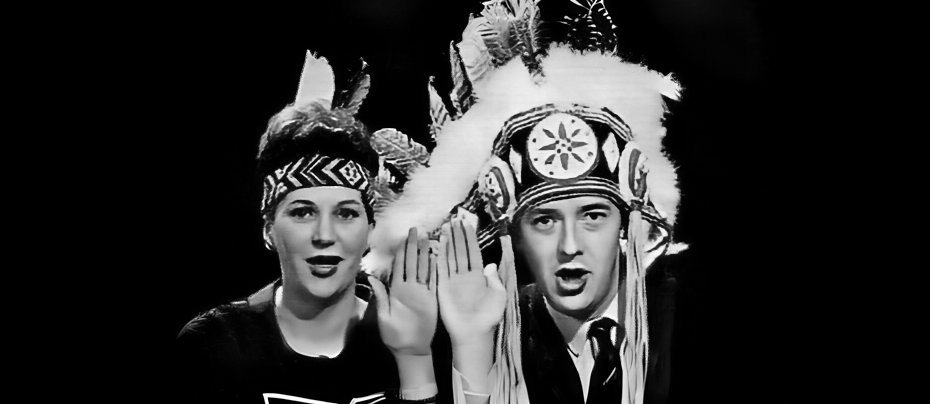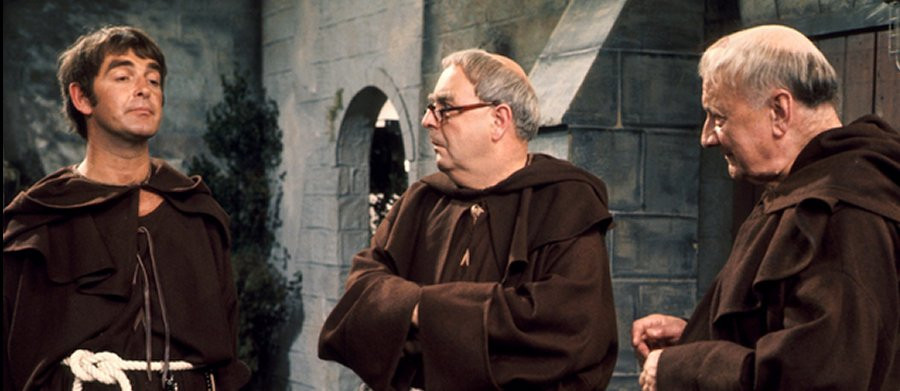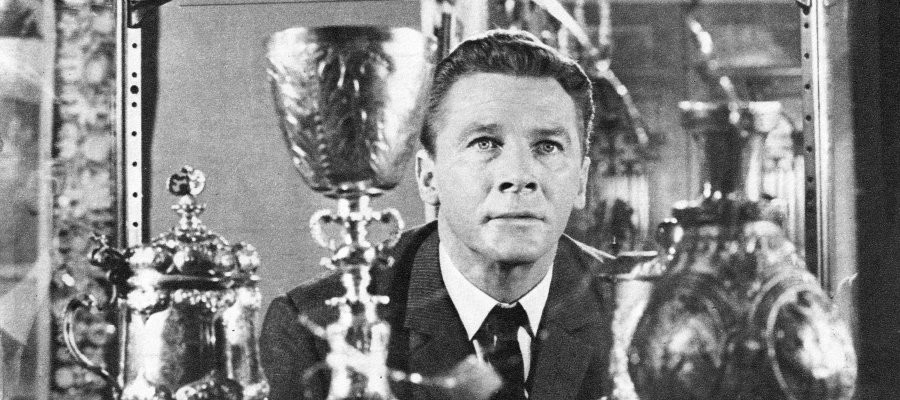
The Baron
1966 - United KingdomFrom the same ITC stable that produced The Saint and created by Robert Baker and the prolific Monty Berman, The Baron, whose real name was John Mannering, was a Texan rancher (purveyor of the Baron brand) turned fine arts dealer with exclusive establishments in London, Washington and Paris who was also a secret undercover agent for British Intelligence, helping them out whenever a crime took place involving valuable pieces. The series was initially designed as a replacement for The Saint and became the first live action ITC series with instant US appeal by being filmed entirely in colour.
Having secured the rights from Leslie Charteris to bring his Simon Templar character to the small screen in 1961 both Baker and Berman were enjoying modest international success when in 1964 they added another crime drama to their portfolio when their New World production company produced Gideon's Way, a series based on John Creasey's Commander Gideon books, which he had written under the pen-name of J.J. Maric. However, both The Saint and Gideon's Way were due to complete in 1965 and the production team looked to find a new character. In fact, they looked no further than author Creasey once more and secured the rights to The Baron, a character that had been created in his 1937 novel 'Meet The Baron' which he wrote also under a pseudonym; Anthony Morton.
When bringing The Saint to the small screen one of the conditions that Baker and Berman had imposed on them by Leslie Charteris was that he would have script approval on each episode and he insisted that his character be shown on TV as faithful to his original creation as possible. With The Baron there were no such constraints, and this meant that the duo were able to make significant changes. Creasey's original creation was a British 'Raffles' type character, a reformed jewel thief who goes from breaking the law to helping the law and fighting crime. But in obtaining the TV rights the producers ensured that they were able to make what was essentially a show very much of their own creation with elements of The Saint thrown in. One major change that they were able bring about would make the show more attractive to the lucrative US market -and that was to change the nationality of the main character from British to American. Another and possibly more significant change that would seal the deal as far as America was concerned was that the series would be filmed in colour.
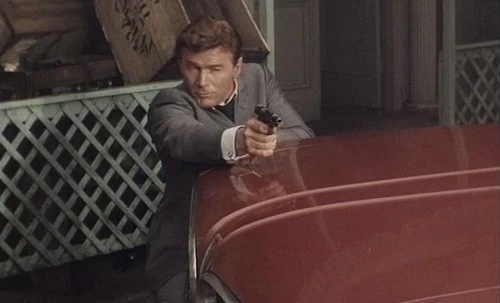
While many UK series were still being filmed in black and white, US television was now moving away from monochrome. ITC had experimented in the late 1950s by having the latter episodes of The Adventures of Sir Lancelot shot in colour after selling it to NBC for screening in the US, but this was very much a one-off. By 1965 the USA Networks were no longer interested in purchasing UK series shot in black and white and in response to this the ITC/Gerry Anderson produced puppet series Stingray became the first British series to be shot entirely in colour. When ITC boss Lew Grade announced that The Baron was to become the first UK drama series to be filmed this way he was able to sell it to the ABC Network putting the show straight into profit.
However, when rival US network NBC discovered this, they immediately ordered a new batch of The Saint episodes. With the backing of US funds this now meant that the new Saint episodes could also be shot in colour. Based on this decision both Baker and Berman agreed to dissolve their partnership believing that in doing so each new colour series would benefit as they could give their full individual attention to them by producing them independently. Berman stayed with the new project whilst Baker returned to The Saint teaming up with the show's star, Roger Moore, and forming a company called 'Bamore'. Monty Berman formed his own company called 'Filmaker'.
The next step was to find a leading man, and for this Berman turned to 6 foot 3 inch Texan Steve Forrest (born William Forrest Andrews), the brother of Hollywood movie star Dana Andrews, who had appeared in a number of minor film roles as well as numerous guest appearances on US TV series such as The Twilight Zone, Alfred Hitchcock Presents, The Virginian, The Fugitive and Burke's Law. Through these roles Forrest was building up a steady reputation for himself. Script supervisor for the series was to be Terry Nation and both John Moxey and Leslie Norman shared the director’s chair for the early episodes helping to establish the style of the series. Whilst the series was still in pre-production, Terry Nation approached his friend and fellow scriptwriter Dennis Spooner to come and join the team. Spooner agreed even though he had only recently joined Doctor Who as story editor. Shortly after relinquishing this post both he and Nation were commissioned by the BBC to write 'The Daleks Master Plan' for Doctor Who a project that Spooner would not have been able to have undertaken before resigning his post.
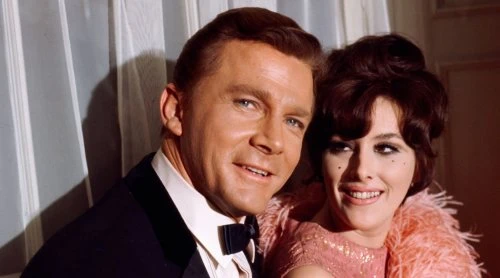
Berman and Spooner embarked on a number of rewrites for the pilot episode 'Diplomatic Immunity' and in the process introduced two new characters, the first of which was SBDI (Special Branch Diplomatic Intelligence) agent Cordelia Winfield played by 26-year-old actress Sue Lloyd. The Cordelia character was designed to inject a little humour into the script and act as a counterpoint to the Mannering character who was played very straight and seriously by Steve Forrest. The foil/sidekick to Mannering had originally been David Marlowe played by actor Paul Ferris. Four episodes were filmed and sent to ABC in America and when they were viewed the US Network's executives clearly had a preference for the Cordelia character. As a result of this Paul Ferris was gradually dropped only appearing in a few episodes before disappearing completely. The second new character was the head of SBDI, John Alexander Templeton-Green, played by veteran actor Colin Gordon. Mannering would receive his 'assignments' from Temp (as Mannering would refer to him) and in return would receive Diplomatic Immunity whenever he needed to travel abroad.
There was one further star of the show and that was Mannering's car that, like Simon Templar's Volvo in The Saint, would always be available to him. The British car manufacturer Jensen, realising the benefits that Volvo had reaped from donating one of their vehicles to a major television series were only to happy to supply The Baron with one of their CV8 Mkll sports cars with the powerful 6.2 litre V8 Chrysler engine bearing the (unregistered) index number BAR 1. It paid off and sales of the CV8 increased greatly until it finally went out of production in 1966 to be replaced by the more famously known Jensen Interceptor.
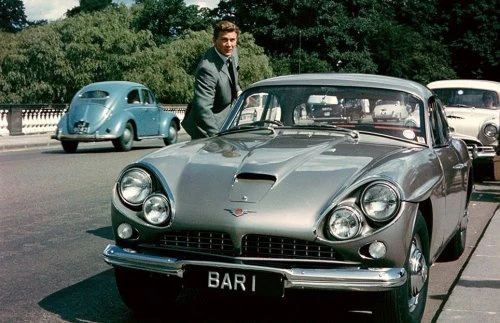
Nearly every episode of The Baron featured Mannering involved in the world of antiques, whether trying to unmask a scheming insurance agent, trying to obtain rare collectibles, helping a friend who is being blackmailed and forced to sell her valuable collection or trying to sell a fake Renoir, the adventures took him from London to behind the Iron Curtain, from New York to Switzerland. A superior action-packed adventure series of true quality, complimented by an enigmatic leading man and his attractively charming assistant and a production team that comprised the best in British talent, The Baron, at 30 episodes was all too short lived and is today far too underrated. However, it also stands up extremely well to the test of time and has previously been made available as a DVD box set. For lovers of this genre it comes highly recommended.
Seen this show? How do you rate it?
Seen this show? How do you rate it?
Published on November 28th, 2018. Written by Marc Saul for Television Heaven.


